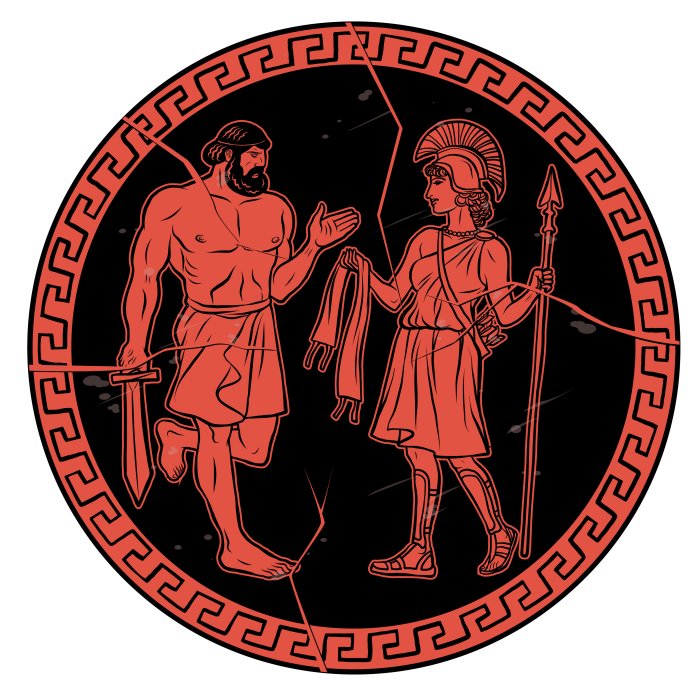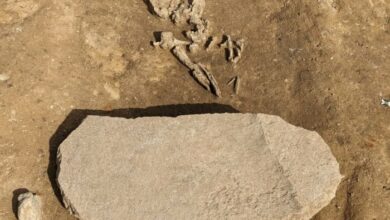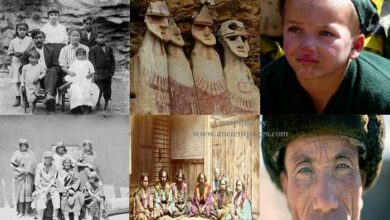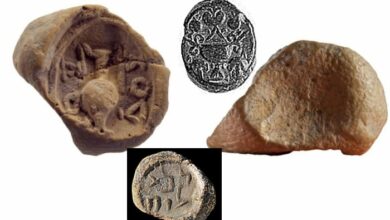Archaeological Evidence Amazon Warrior Women Did Exist Found At Nakhchivan Necropolis, Azerbaijan
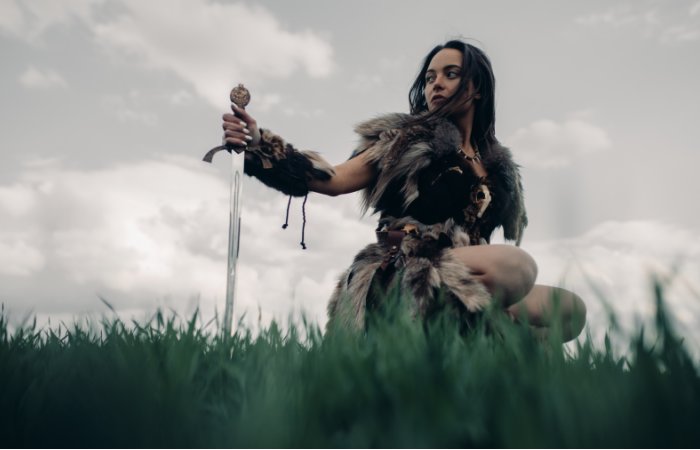
Conny Waters – AncientPages.com – The legendary, fierce female Amazon warriors were long considered a myth, but recent archaeological excavations show these ancient women have earned their rightful place in the history books.
Amazon warrior woman with a sword in her hand. Credit: Adobe Stock – Stanislav
In Greek mythology, Amazons are depicted as formidable female warriors who engaged in battles with Hercules. They were believed to reside in matriarchal societies and practiced the removal of one breast to enhance their archery skills. These legendary women were famously chronicled by Homer in his epic, “The Iliad.”
There are many myths about the Amazon warriors. The image of courageous nomadic women, often portrayed in battle and meeting heroic ends, has been a recurring theme in ancient art. The Etruscan Sarcophagus of the Amazons depicts ” various dynamic fighting scenes of battling Greeks and Amazons. The beautiful artifact represents an ancient Greek tradition of Amazonomachy, struggling between Greeks and the Amazons, illustrated with great variety: on horseback, on foot, on the chariot, etc.” 1
However, evidence of their existence isn’t just confined to artistic impressions, though. Archaeological digs across Eurasia have unearthed female skeletons bearing the marks of battle, clad in tunics and trousers, and laid to rest with an arsenal that includes arrows, battleaxes, spears, and horse equipment. So, it is clear that these formidable women were not mere figments of imagination but real figures from antiquity.
Some years ago, an intriguing grave of a Scythian Amazon Warrior wearing a golden ceremonial headdress was discovered in Voronezh, Russia.
A significant archaeological discovery was also made in Armenia, where the remains of a woman were found. The evidence suggested that she may have succumbed to battle-related injuries, as an arrowhead was discovered embedded in her leg. Similarly, another intriguing find occurred in the early 1990s near the Kazakhstan border. Here, archaeologists unearthed the remains of a woman who had been interred with a dagger.
Hippolyta, Queen of the Amazons. Credit: Adobe Stock – rogistok
This time, there are reports of archaeological excavations at a Bronze Age necropolis in Nakhchivan, Azerbaijan. At the site, archaeologists have uncovered that women were buried with weapons, including razor-sharp arrowheads, a bronze dagger, and a mace. Additionally, jewelry was also found within these ancient burials.
Archaeologists have reached the conclusion that these could potentially be Amazon women from 4,000 years ago.
According to historian Bettany Hughes this is yet another archaeological find offering evidence the Amazon warriors did exist.
Bettany Hughes at an archaeological site in Azerbaijan for her Treasures of the World series. Credit: SandStone Global Productions Ltd
“A civilization isn’t made up of a single grave. If we’re talking about a culture that crosses the Caucasus and the Steppe, which is what all the ancients said, obviously you need other remains,” Hughes told the Guardian
Hughes noted that certain skeletal findings indicate a significant use of bows and arrows by the women.
“Their fingers are warped because they’re using arrows so much. Changes on the finger joints wouldn’t just happen from hunting. That is some sustained, big practice. What’s very exciting is that a lot of the bone evidence is also showing clear evidence of sustained time in the saddle. Women’s pelvises are basically opened up because they’re riding horses. [Their] bones are just shaped by their lifestyle,” Hughes explained.
See also: More Archaeology News
The jewelry collection includes carnelian necklaces, a semi-precious stone often associated with high priestesses or goddesses, symbolizing women of status. This also applies to mace heads. These discoveries will be unveiled in an upcoming Channel 4 series called “Bettany Hughes’ Treasures of the World,” starting on April 6th. One episode titled “Silk Roads and the Caucasus” explores a region that has seen various cultures and civilizations rise and fall over centuries, where trade routes connected Asia and Europe.
Written by Conny Waters – AncientPages.com Staff Writer
Expand for references


